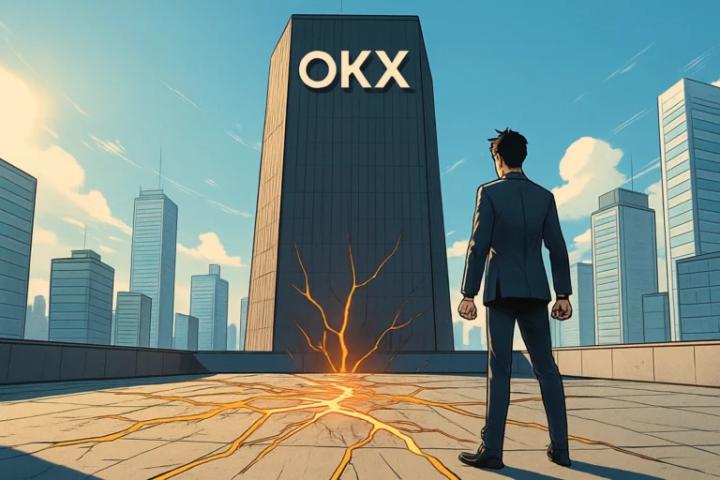I. BTC's "Safe Haven" Attribute: Digital Gold Narrative and Market Truth
In April 2025, BTC broke through $95,000 against the trend, but the deviation from traditional "safe-haven asset" gold becomes increasingly significant:
Correlation Contradiction: BTC's correlation with Nasdaq index rises to 0.5, while correlation with gold drops to -0.3
Institutional Control Intensifies: BlackRock IBIT and other BTC ETFs' total holdings break through 1.1 million coins, accounting for 5.2% of circulating supply, coupled with MicroStrategy's holdings representing 21.8% of BTC market value, forming an "oligopoly pricing" pattern
Safe Haven Label Instrumentalization: BlackRock CEO Larry Fink claims BTC is a "safe-haven asset for global pessimism", but essentially aims to attract sovereign fund allocation (such as 2%-5% asset ratio), paving the way for ETF capital inflow
Liquidity Siphoning Effect: BTC ETF's weekly net inflow of $1 billion can boost price by 7%-12%, while gold ETF experiences capital outflow of $2.3 billion during the same period, forming capital migration
II. Institutional Harvesting
Policy Rumor Pump: In March, BTC rose 9% in a single day due to "Trump's crypto reserve plan", then plummeted 9% due to tariff panic, with whales taking the opportunity to sell high and buy low
Media-Assisted Selling: After institutions like JPMorgan release "safe-haven asset" reports, BlackRock IBIT's holdings synchronously grow, forming a "research report-capital-price" closed loop
Fake Order Inducement: Whale "Spoofy" places and withdraws fake orders at $83,000, creating a technical false breakthrough, triggering retail investors' leveraged follow-up
Volatility Harvesting: Institutions utilize options market's implied volatility (IV) peak to sell straddle combinations, with retail investors becoming volatility premium "fuel"
III. Market Structure Divergence: Institutional "Hoarding" and Retail "Liquidity Trap"
Institutional Coin Hoarding Strategy
ETF Siphoning Effect: In 2025, institutions accumulate 520,000 BTC through ETFs, with Fidelity making a single purchase of $253 million, exchange BTC reserves decreasing by 500,000 coins year-on-year
Anti-Inflation Narrative Strengthened: BTC's annual deflation rate of 2.5% vs. US M2 growth of 4.8%, attracting sovereign funds to hedge currency depreciation risk
Retail Dilemma: Altcoin Collapse and Leverage Dependency
Altcoin Liquidity Drought: Total market value shrinks by 78% from 2021 peak
High Leverage Suicide Rate: Retail leverage usage exceeds 80%, but only 3% can maintain stable profits, mostly becoming "nutrients" for exchange fees and liquidation
IV. Retail Survival Guide: From FOMO to Rational Defense
Reserve Risk Index: Below 0.012 (currently 0.008) suggests long-term holders' strong confidence
Coinbase Premium: When institutional buying pressure exceeds retail selling pressure, premium turning positive signals a rebound
Derivative Tool Utilization
Panic Buy the Dips Signal: When BTC drops over 8% in a day and fear and greed index is below 30, build positions in batches
Narrative Counteraction: Be wary of institutional interest motives behind labels like "safe-haven asset" and "digital gold", independently verify on-chain data
BTC breaking $95,000 is both an institutional narrative victory and the starting point of retail cognitive revolution. When "safe-haven asset" becomes a tool for capital manipulation, only by piercing through label fog, mastering on-chain language, and building hedging systems can one capture excess returns under the institutional sickle.







